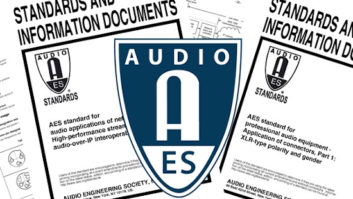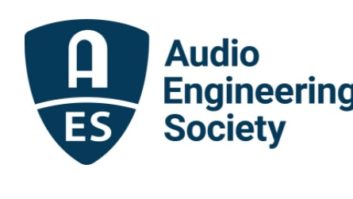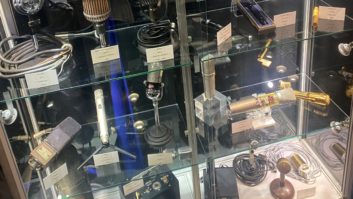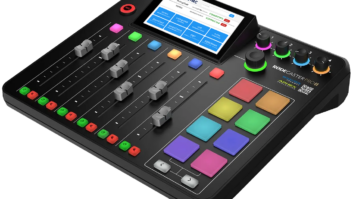NEW YORK�The Audio Engineering Society release a new set of audio loudness standards, aimed at streaming media, during their convention last week.
�
The intent of the document (found here) is to provide recommendations for loudness normalization of streaming and network file playback content. There are many good reasons to set some basic loudness requirements, such as:�
- Improving the audience experience.
- Providing reasonable consistency across different online streams from different sources.
- Providing reasonable consistency within a specific online stream for its different programs.
- Providing a consistent real-time production target for stream loudness.
- Obtaining a loudness that is well-suited for mobile listening.
- Avoiding loudness jumps when external material (such as advertisements) is inserted into stream content.
- Preventing excessive peak limiting or other processing from degrading perceived audio quality.
- Avoiding a loudness war among streamers.
�
In order to accomplish those goals, the committee has the following recommendations:
- It is recommended that the Target Loudness of the stream not exceed -16 LUFS to avoid excessive peak limiting, and allow a higher dynamic range in a program stream.
- It is recommended that the Target Loudness of a stream not be lower than -20 LUFS to improve the audibility of streams on mobile devices.
- It is recommended that short-form programming (60 seconds or less) be adjusted by constraining the Maximum Short-term Loudness to be no more than 5 LU higher than the Target Loudness. This ensures that commercials and similar short-form content are consistent with the stream loudness.
- It is recommended that the maximum peak level not exceed -1.0 dB to prevent clipping when using lossy encoders.
It should be noted that LUFS stands for �loudness units full-scale.� Use of loudness meters, as opposed to legacy meters that measure in decibels, is the key part of a plan to standardize audio content on the Public Radio Satellite System. PR engineers recommended that producers of PRSS-distributed programs switch to using loudness meters and adopt a submission standard of -24 LUFS, reports current.org.�
Not surprisingly, the Broadcast Engineering community is well-represented on this particular AES committee. Members include Bob Orban, Frank Foti, John Kean, Skip Pizzi and David Bialik.��












